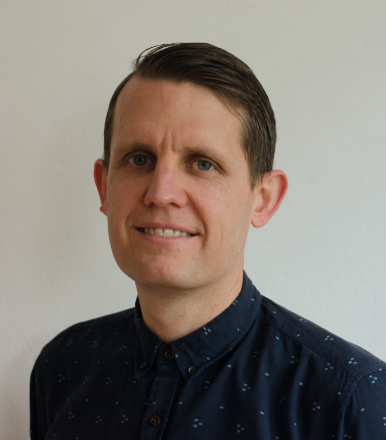Speakers 2022
We are honored to have guest speakers that represent top authorities in their fields for the 2022 themes. The first theme and event for 2022 will cover Future of 5G Integrated Non-Terrestrial-Networks (NTNs).
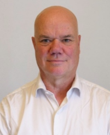
Mats Andersson
Forsway Scandinavia AB, Satcube AB, Wyld Networks AB

Prof. Barry Evans
University of Surrey

Prof. Alessandro Vanelli Coralli
University of Bologna
Alessandro Vanelli-Coralli received the Dr. Ing. Degree (cum laude) and the Ph.D. in Telecommnications from the University of Bologna (Italy) in 1991 and 1996, respectively. In 1996, he joined the Department of Electrical, Electronic and Information Engineering - Guglielmo Marconi at the University of Bologna, where he is a Full Professor. From 2022, he is also a Research Fellow at the Digital Integrated Circuits and Systems group of ETH Zurich (CH). During 2003 and 2005, he was a Visiting Scientist at Qualcomm Inc, and in 2021 a Visiting Professor at ETH Zurich.
His research activity focuses on Wireless Communication with specific emphasis on Non terrestrial Networks. He participates in national and international research projects on satellite mobile communication systems serving as Scientific Responsible and Prime Contractor for several European Space Agency and European Commission funded projects. He is currently the Responsible for the Vision and Research Strategy task force of the NetworldEurope SatCom Working Group and the delegate for the University of Bologna in the 6G-IA, ETSI, and 3GPP. Dr. Vanelli-Coralli co-authored more than 190 peer-reviewed papers in scientific journals and conferences and he is co-recipient of several Best Paper Awards. He is the recipient of the 2019 IEEE Satellite Communications Technical Recognition Award.
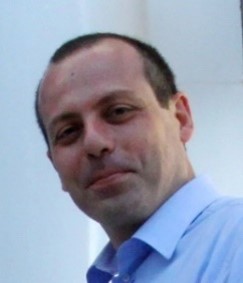
Prof. Paolo Colantonio
Tor Vergata University of Rome

Prof. Halim Yanikomeroglu
Carleton University
Integrated Terrestrial-HAPS-Satellite Networks of the Future: Towards A Sustainable ICT Ecosystem
Click here for abstractDr. Halim Yanikomeroglu is a Professor at Carleton University, Canada. He received his Ph.D. from the University of Toronto in 1998. He contributed to 4G/5G technologies and standards; his research focus in recent years include 6G/B6G, non-terrestrial networks (NTN), and future wireless infrastructure. His extensive collaboration with industry resulted in 39 granted patents. He supervised or hosted in his lab around 140 postgraduate researchers. He co-authored IEEE papers with faculty members in 80+ universities in 25 countries. He is a Fellow of IEEE, Engineering Institute of Canada (EIC), and Canadian Academy of Engineering (CAE), and an IEEE Distinguished Speaker for ComSoc and VTS.
Dr. Yanikomeroglu is serving as the Chair of IEEE WCNC Steering Committee, Member of IEEE ComSoc Conference Council, Member of IEEE PIMRC Steering Committee, and Member of ComSoc Emerging Technologies Committee. He served as the General Chair of two VTCs and Technical Program Chair/Co-Chair of three WCNCs. He chaired ComSoc Technical Committee on Personal Communications. He received several awards for his research, teaching, and service, including IEEE ComSoc Fred W. Ellersick Prize (2021), IEEE VTS Stuart Meyer Memorial Award (2020), IEEE ComSoc Wireless Communications Technical Committee Recognition Award (2018), and a number of best paper awards.
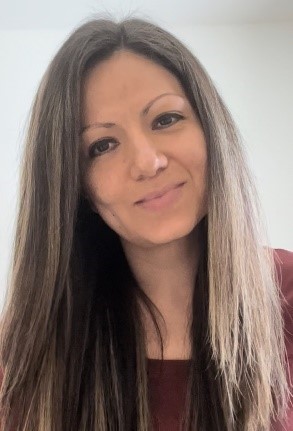
Jessica Moysen
Huawei

Prof. Kary Främling
Umea University
Digital Twins and Explainable AI: Key Enablers for Managing System Complexity
Click here for abstract
Prof. Weisi Guo
Cranfield University
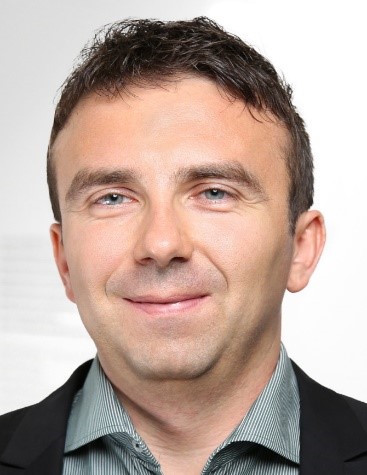
Prof. Wojciech Samek
Fraunhofer, HHI
